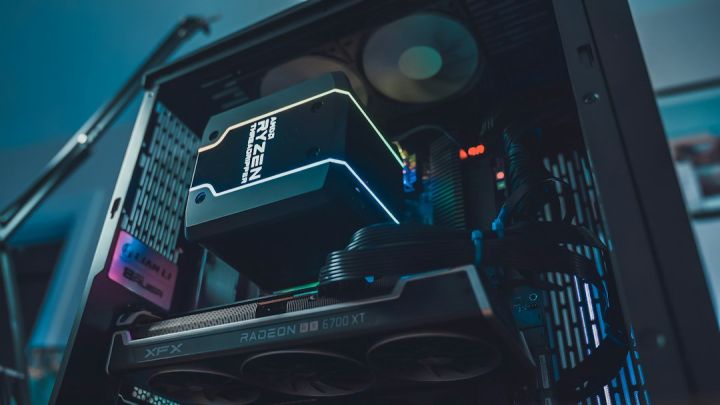How to Measure the Impact of Edge Computing on Performance?
Edge computing has emerged as a game-changer in the world of technology, bringing computing resources closer to the data source. This shift has revolutionized the way data is processed and analyzed, enabling real-time decision-making and reducing latency. However, measuring the impact of edge computing on performance can be a challenging task. In this article, we will explore different approaches to measure the impact of edge computing and provide insights into the key metrics to consider.
Defining Performance Metrics
Before diving into the measurement techniques, it is essential to define the performance metrics that will be used to evaluate the impact of edge computing. These metrics can vary depending on the specific use case, but some common ones include latency, throughput, and response time. Latency refers to the time it takes for a request to travel from the data source to the edge device and back. Throughput measures the rate at which data can be processed and transferred. Response time is the time it takes for a system to respond to a given request.
Benchmarking
Benchmarking is a widely used technique to measure the performance of a system. It involves running a set of predefined tasks or workloads to evaluate the system’s performance under different conditions. When benchmarking edge computing systems, it is crucial to consider the specific workload patterns and characteristics that are relevant to the use case. For example, if the system is designed to process real-time sensor data, the benchmark should simulate realistic sensor data inputs to accurately measure the system’s performance.
Real-world Testing
While benchmarking provides valuable insights into the performance of edge computing systems, real-world testing is equally important. Real-world testing involves deploying the edge computing infrastructure in a production environment and measuring its performance under real-world conditions. This approach provides a more accurate assessment of the impact of edge computing on performance as it takes into account the complexities and dynamics of the actual deployment.
Monitoring and Analytics
Monitoring and analytics play a crucial role in measuring the impact of edge computing on performance. By collecting and analyzing real-time data from the edge devices, it is possible to gain insights into various performance metrics. Monitoring tools can track latency, throughput, response time, and other relevant metrics, allowing for continuous measurement and optimization of the edge computing system.
Machine Learning and AI Techniques
Machine learning and AI techniques can also be employed to measure the impact of edge computing on performance. By leveraging historical data and training models, it is possible to predict the performance of an edge computing system under different conditions. These predictive models can help identify potential bottlenecks and optimize the system’s performance.
Comparative Analysis
Comparative analysis involves comparing the performance of an edge computing system with a traditional centralized computing system. This approach provides a baseline for evaluating the impact of edge computing on performance. By measuring and comparing the key performance metrics, such as latency and throughput, it is possible to quantify the benefits of edge computing.
Conclusion: Measuring the Impact of Edge Computing on Performance
Measuring the impact of edge computing on performance is a complex task that requires careful consideration of various factors. Defining appropriate performance metrics, benchmarking, real-world testing, monitoring and analytics, machine learning and AI techniques, and comparative analysis are some of the approaches that can be used to measure the impact of edge computing. By adopting these techniques, organizations can gain valuable insights into the performance improvements brought about by edge computing and make informed decisions to optimize their systems.






